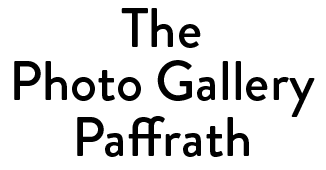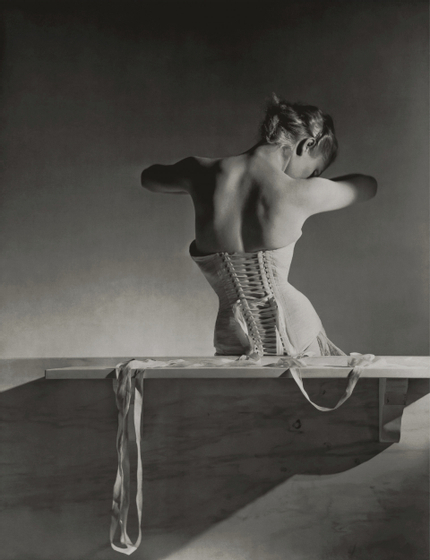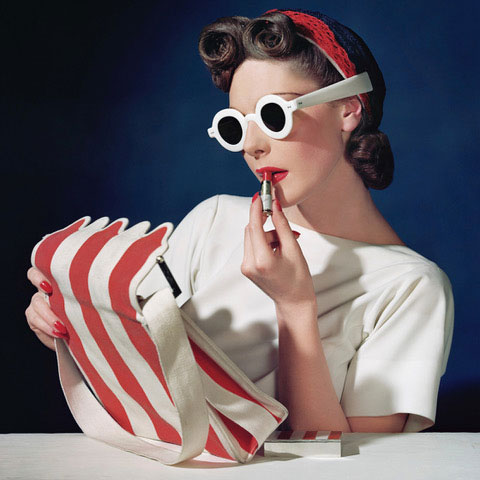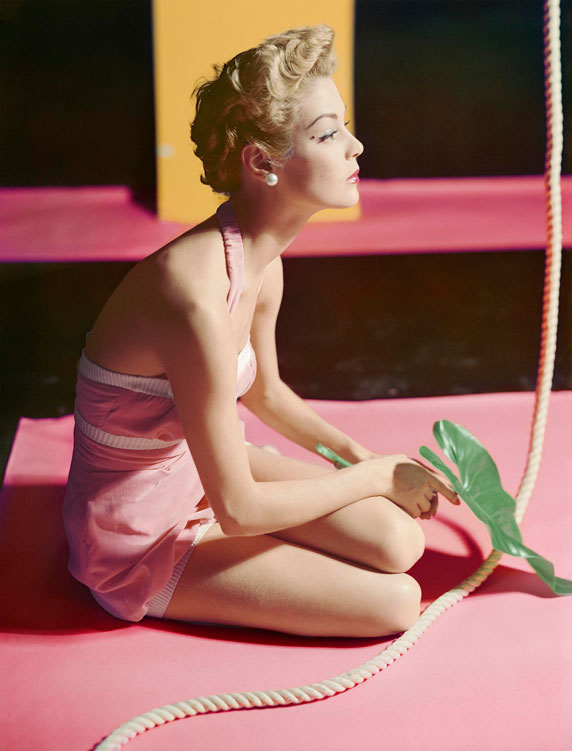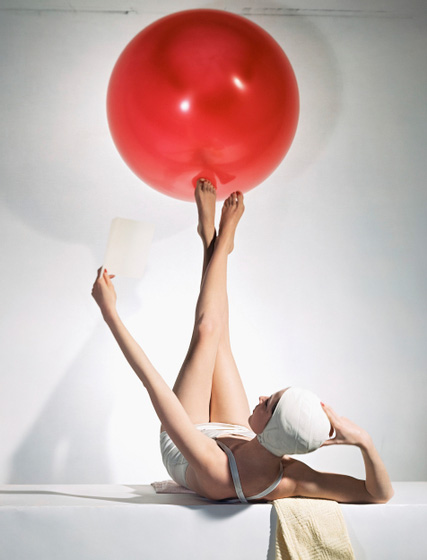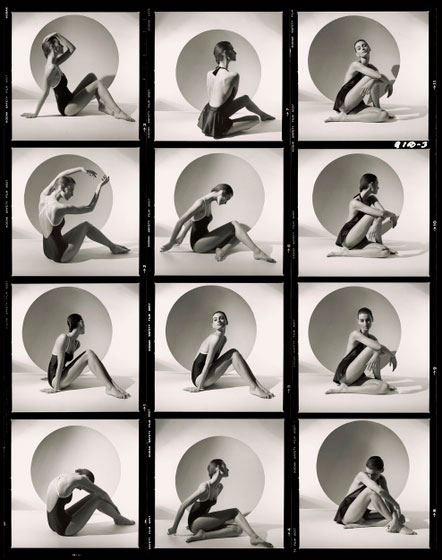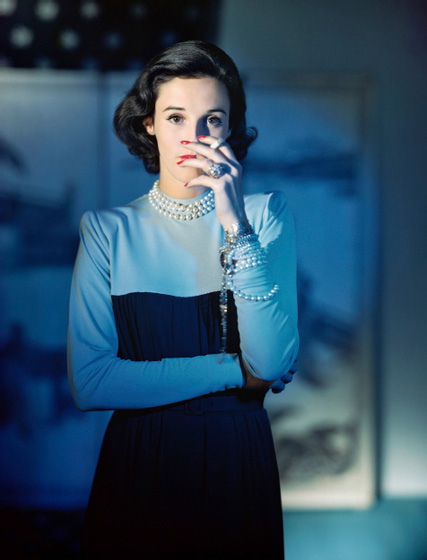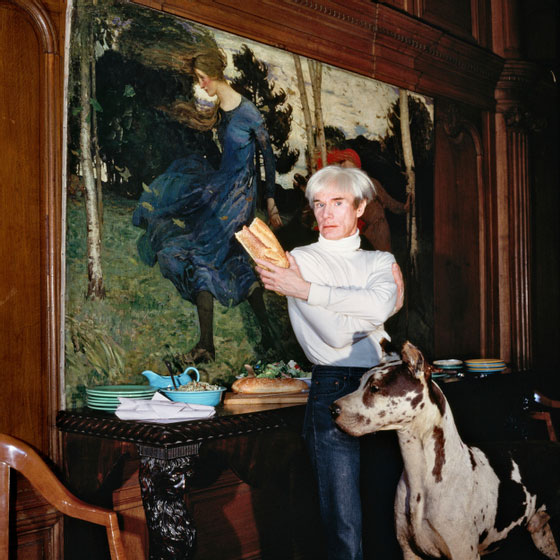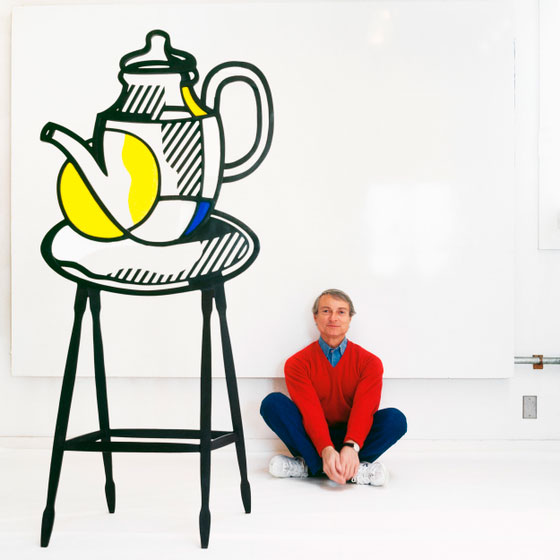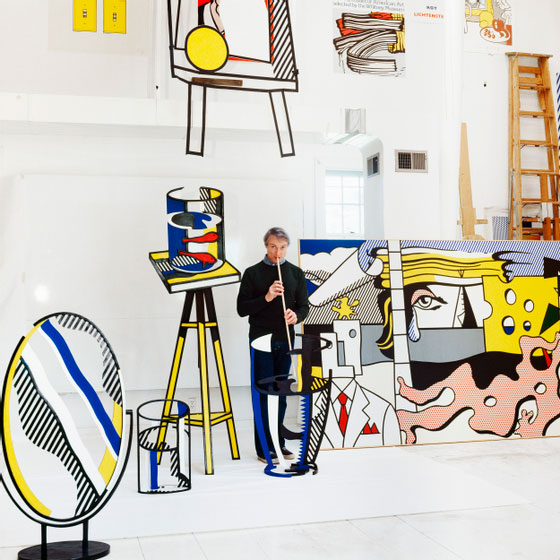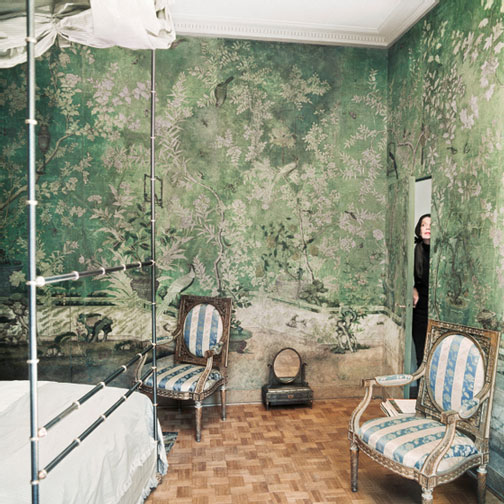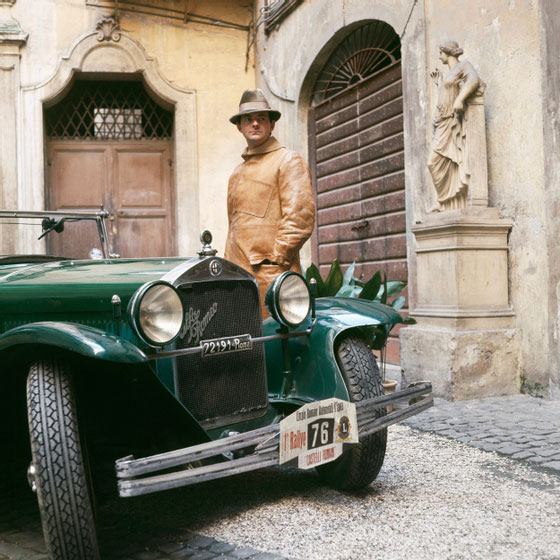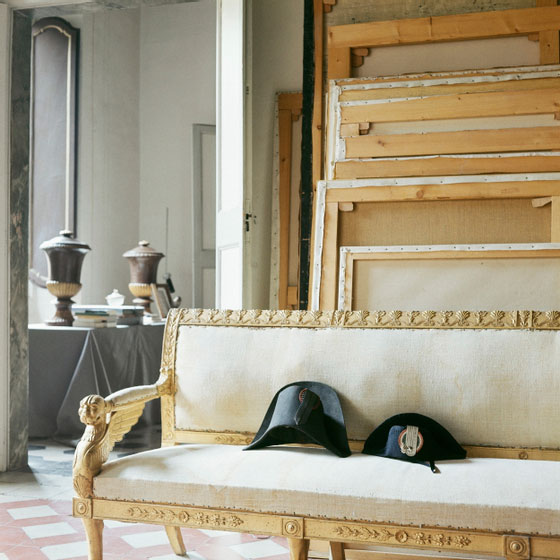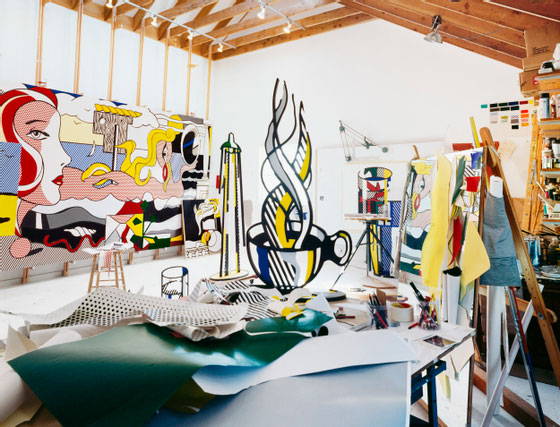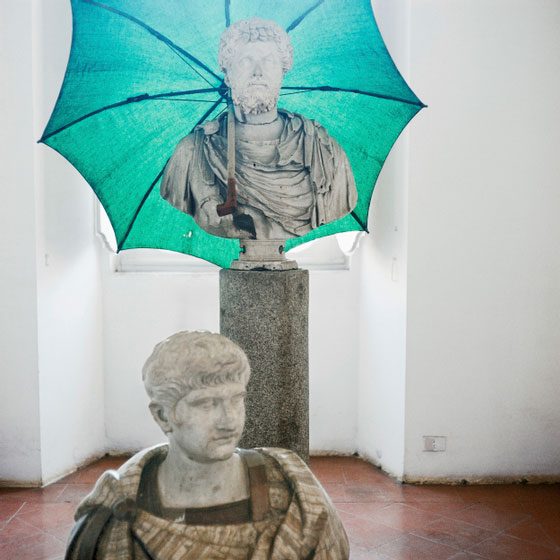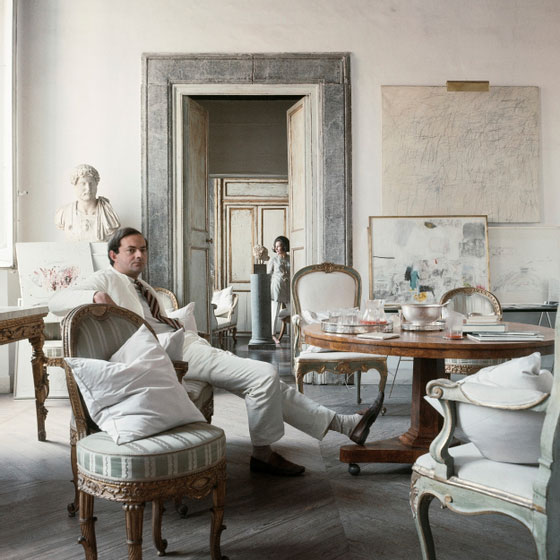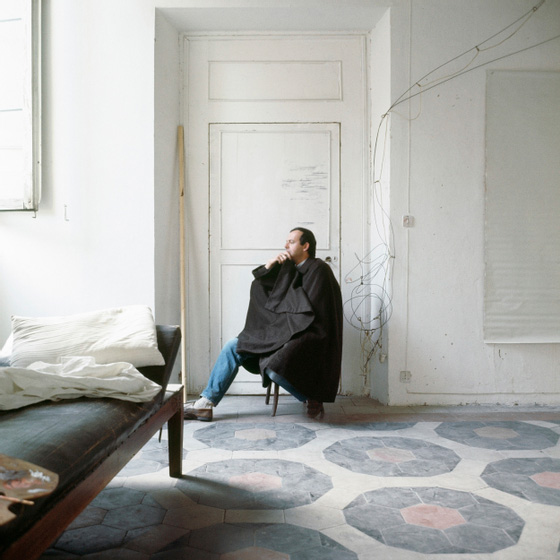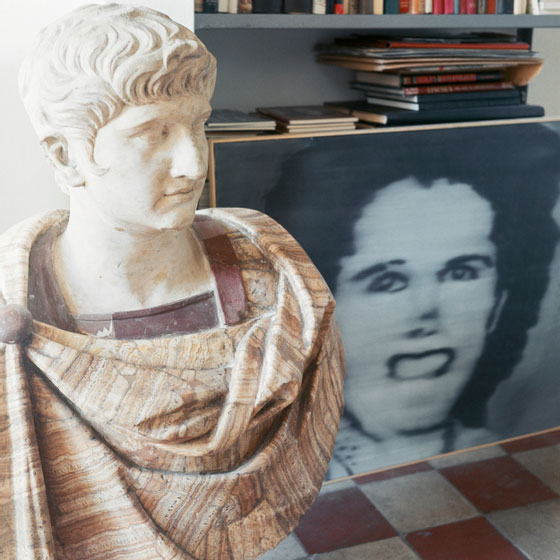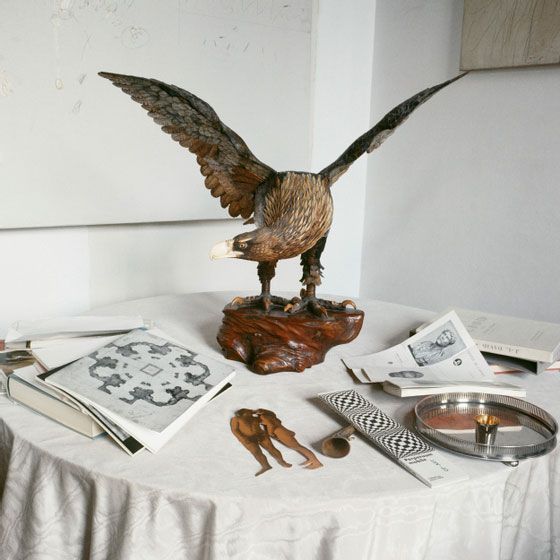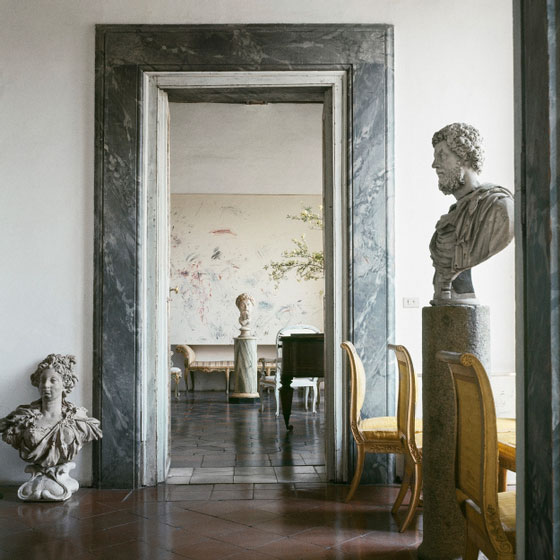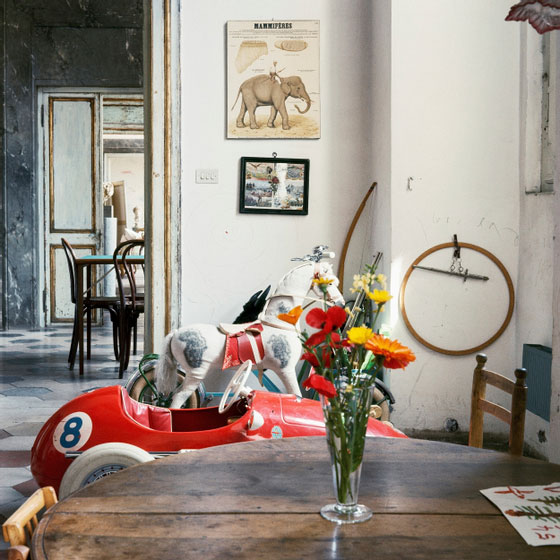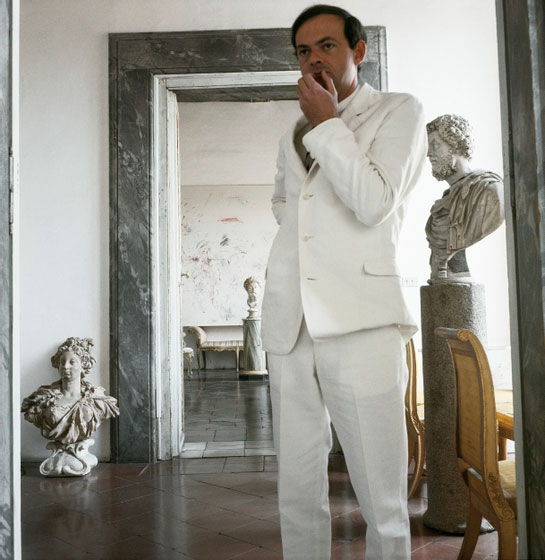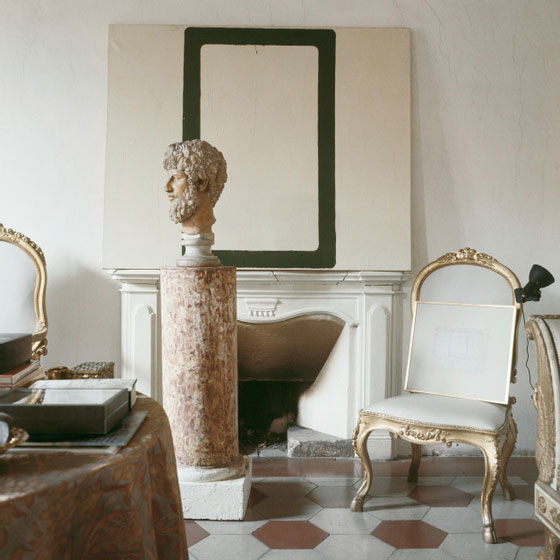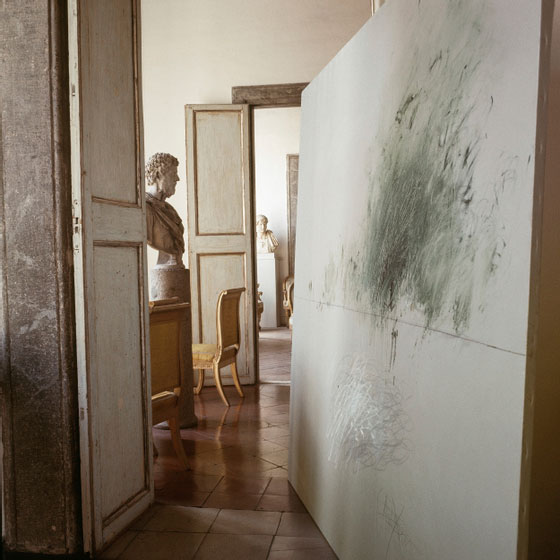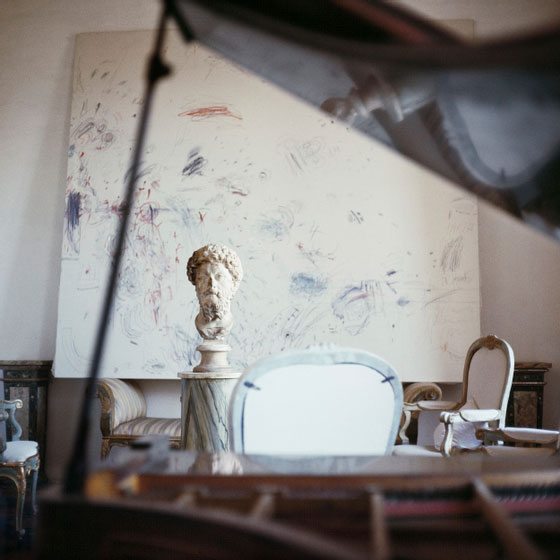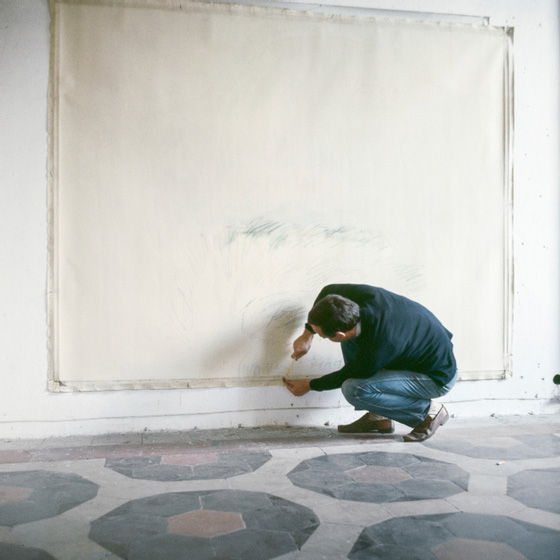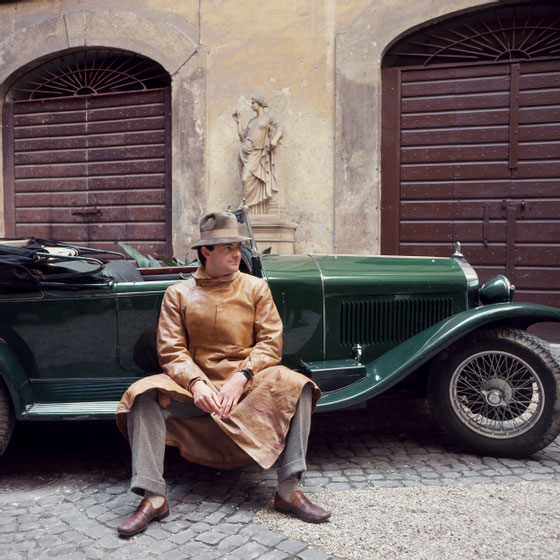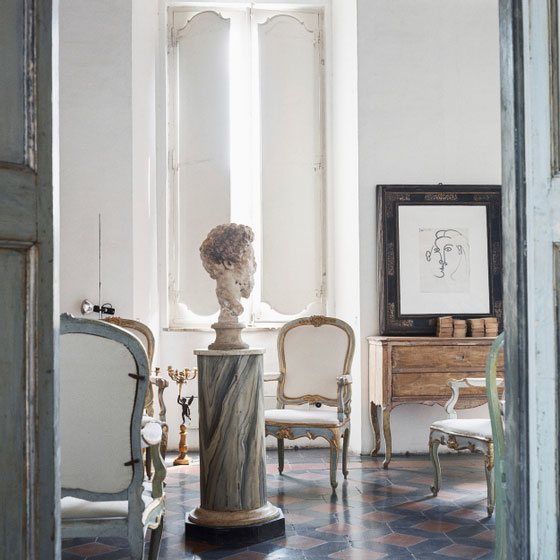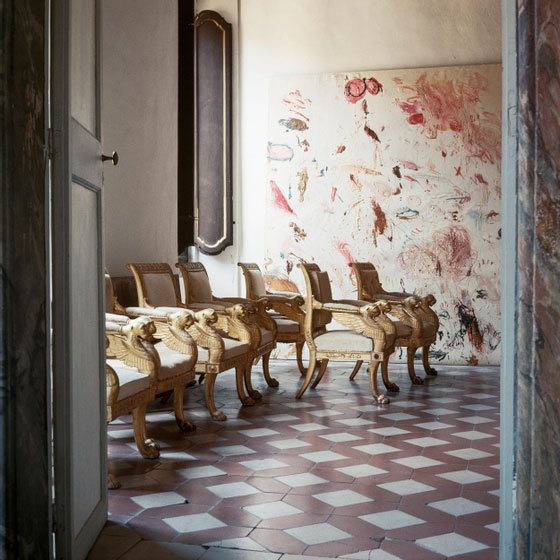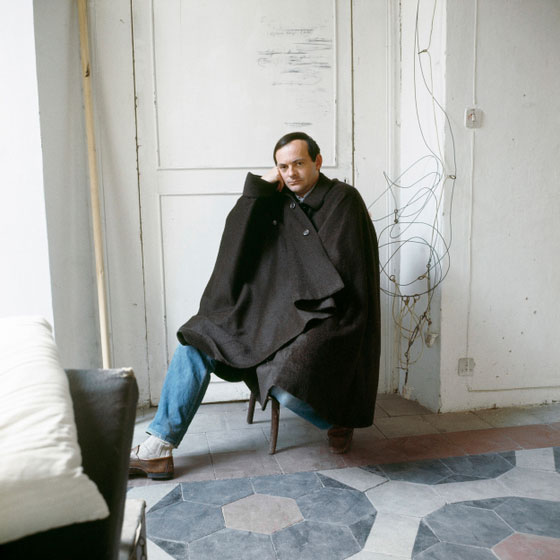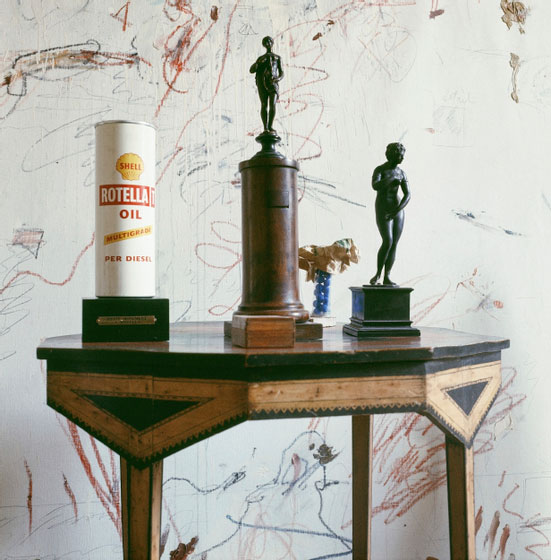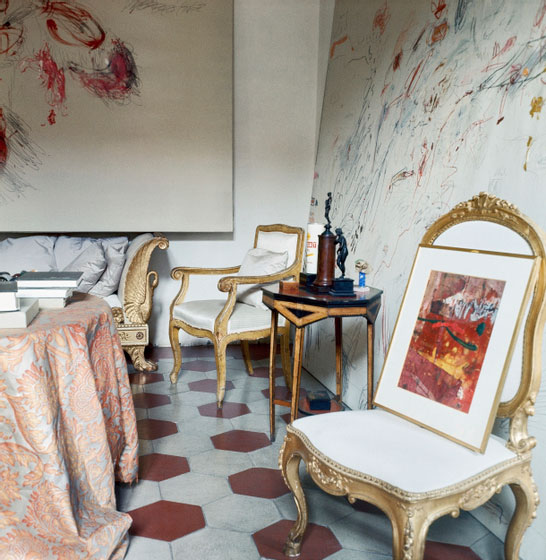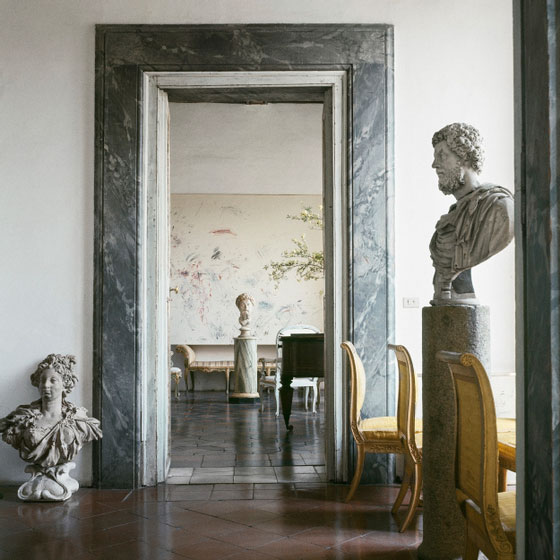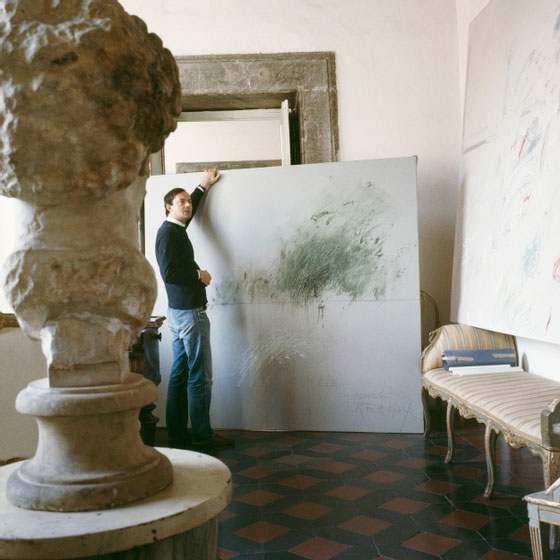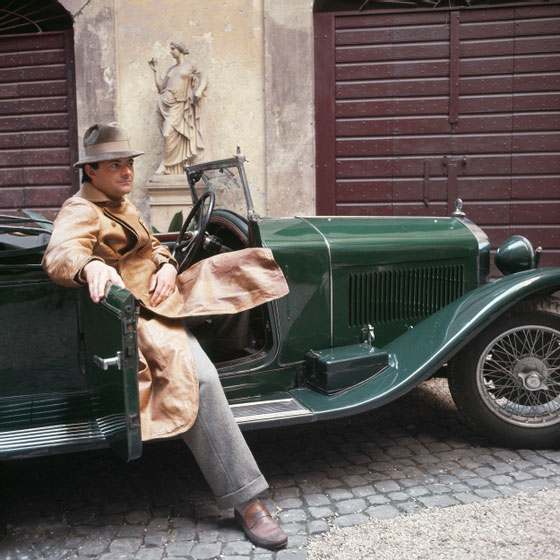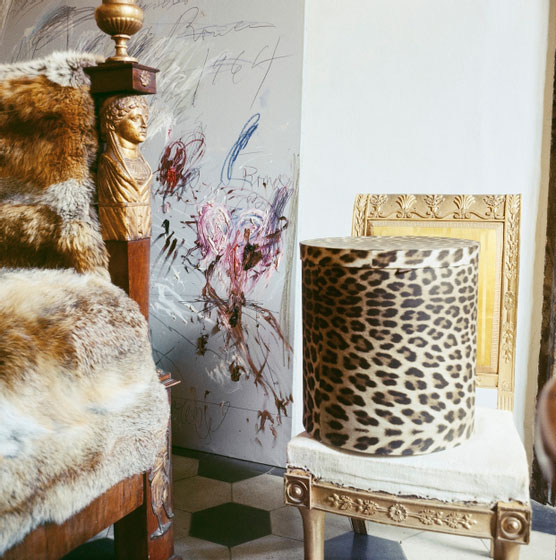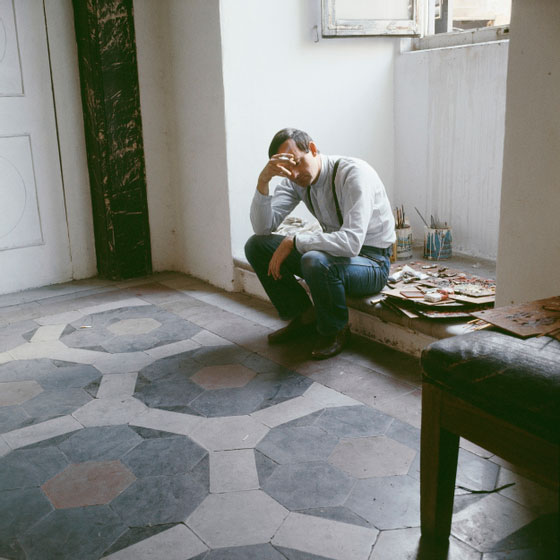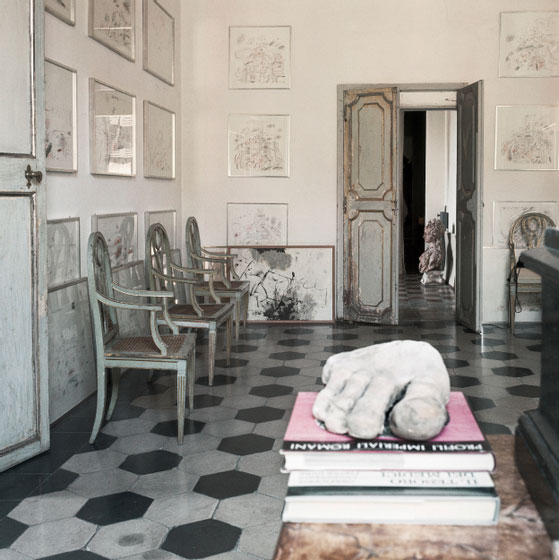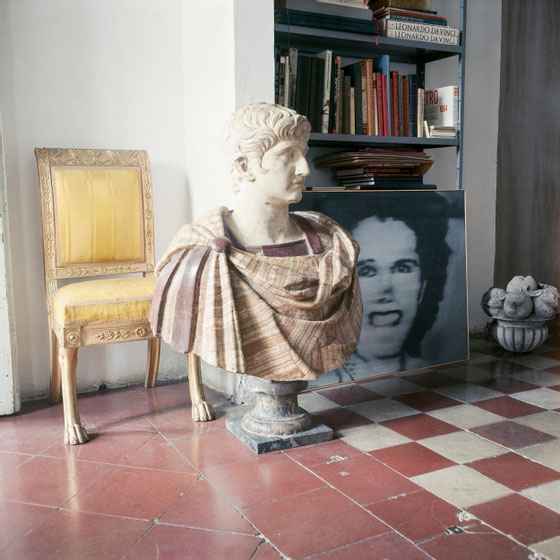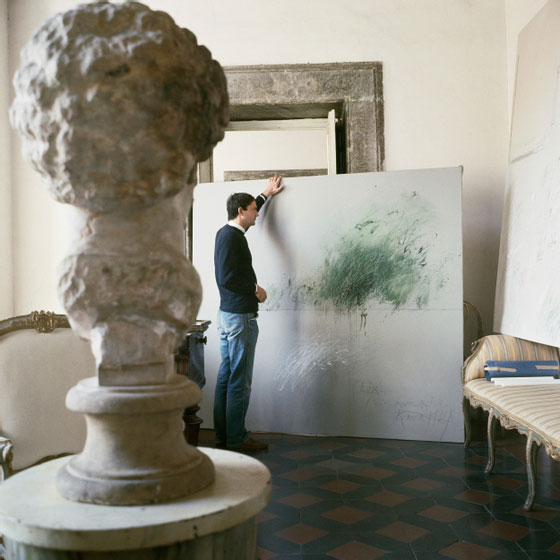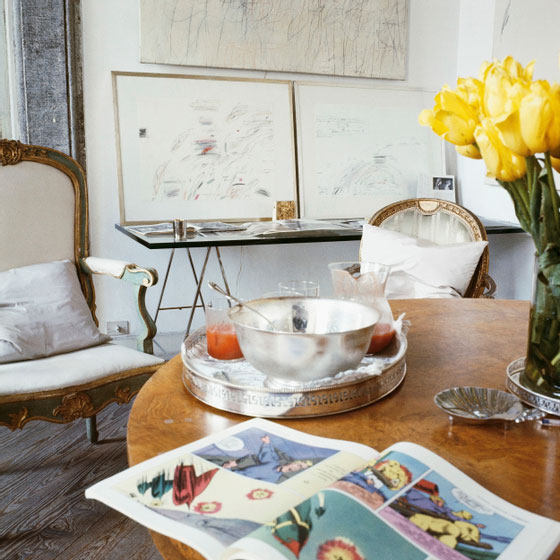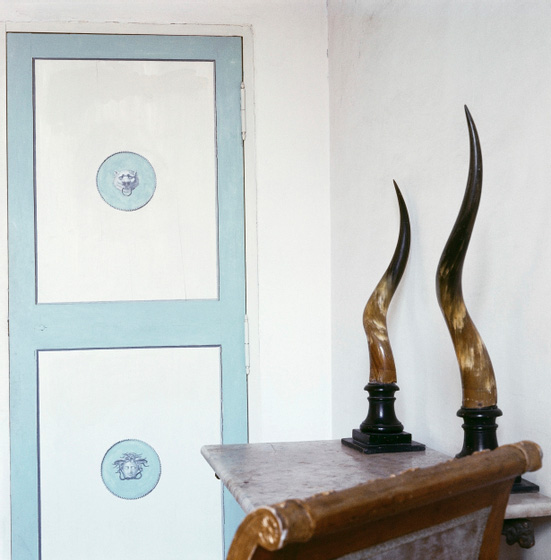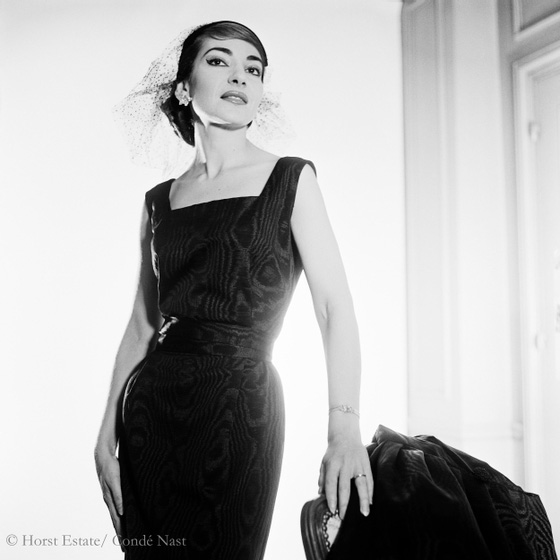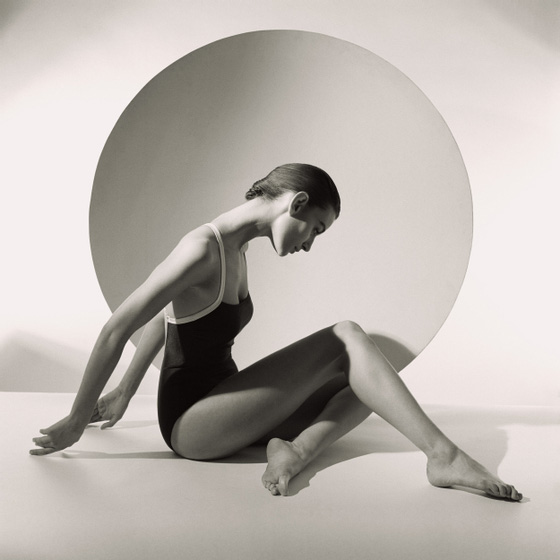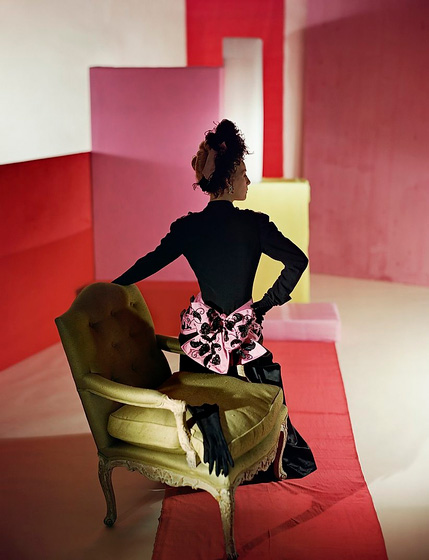Horst P. Horst
Info
HORST P. HORST: ZEITLOSE FASZINATION
Der Name Horst steht für zeitlose Eleganz und sinnliche Raffinesse. Neben Irving Penn und Richard Avedon zählt er zu den herausragendsten Fotografen des 20. Jahrhunderts. Jede nachfolgende Generation von Fotografen hat sich von ihm inspirieren lassen und heute lässt sich sein Einfluss kaum übertreffen. Als einer der führenden Künstler des Vogue Magazins für ganze sechs Jahrzehnte, war Horst eine internationale Persönlichkeit, die von Paris nach New York und darüber hinaus reiste, um die verwobenen Welten von Kunst, Design, Performance und der glamourösen High Society zu dokumentieren. Seine ausgestellten Fotografien zeigen die außergewöhnliche Vielseitigkeit seiner Karriere, sowie seinen meisterhaften Umgang mit Licht, Form und Raum, die elegante Akte, Mode, Promi-Porträts und Stillleben umfassen.
Geboren wurde Horst in Weißenfels, einer kleinen deutschen Stadt, die unterhalb der weißen Klippen der Saale liegt und von einem imposanten Barockschloss bewacht wird. Schon früh hatte er es leid, in der Provinz zu leben, verspürte Freiheitsdrang und das Bedürfnis nach einem kreativen Leben. An der Hochschule für angewandte Kunst in Hamburg studierte er Tischlerei, bevor er eine Lehre beim renommierten modernistischen Architekten Le Corbusier in Paris antrat. Read more…
Horst P. Horst
MURIEL MAXWELL, ENSEMBLE BY SALLY VICTOR, BAG BY PAUL FLATO, SUNGLASSES BY LUGENE, 1939
Fotografie
6/10
161 x 127 cm
Horst P. Horst
Barbara „Babe“ Cushing Mortimer Paley, Dress by Traina-Norell 1946
Fotografie
4/5
197,50 x 151 cm
Bald nach seiner Ankunft in Paris in 1930 veränderte eine zufällige Begegnung mit dem Fotografen George Hoyningen-Huene seine Karriere, denn sie weckte sein Interesse an der Fotografie. Wenige Jahre nachdem Horst von Huene alles über die unhandlichen Kameras und grellen Lichter im Fotostudio der Vogue gelernt hatte, löste er ihn als Starfotografen des Magazins ab. Seine Bilder aus dieser Zeit zeigen vielfältige visuelle Inspirationsquellen auf: Antike griechische und römische Formen, modernes Design und surrealistische Kunst – um nur einige hervorzuheben.
Es bestand ein harmonisches Verhältnis zwischen Horst und seinen Models, welchen er zu einer Kariere der großen Schönheiten der Vorkriegszeit verhalf. Zu seinen faszinierendsten Models gehörten Lisa Fonssagrives (die später Irving Penn heiratete), Lyla Zelensky und Helen Bennett. In seinen Fotografien sind sie alle akribisch inszeniert, ähneln klassischen Marmorskulpturen oder Tänzerinnen, die in der Zeit stillstehen. Im Jahr 1939, als Horst gezwungen war sein Zuhause in Paris zu verlassen, begann er ein neues und sicheres Leben in New York, wo er die neu entwickelten Techniken der Farbfotografie kennenlernte. Seine spektakulären, lebendigen Studien zeitgenössischer amerikanischer Mode sind Zeugnis seines Vertrauens in die Farbfotografie.
In den späten 1940er Jahren errichtete Horst ein Haus und einen Garten auf dem Tiffany-Anwesen in Oyster Bay, Long Island. Beide verbanden den Stil einer weißen tunesischen Villa mit dem Design des Bauhauses und spiegelten sein einzigartiges Gespür für Eleganz wieder. Zu Hause hatte er gern Gäste, unterhielt bemerkenswerte Persönlichkeiten wie Salvador Dalí, Greta Garbo, Coco Chanel und Christian Dior. Als Freund wurde Horst in den 1960er Jahren in verschiedene Ikonen-Privatresidenzen eingeladen, von Andy Warhol über Baron de Rothschild bis hin zu dem Herzog und der Herzogin von Windsor. Oft blieb er mehrere Tage als Gast, um die spektakulären Umgebungen und ihre berühmten Bewohner auf seine unnachahmliche Weise zu fotografieren. Seine Bilder wurden in der Zeitschrift House & Garden veröffentlicht, begleitet von einer farbenfrohen Prosa seines Partners Valentine (Nicholas) Lawford.
Das zunehmende Alter minderte Horsts Begeisterung für die Fotografie nicht. Ganz im Gegenteil: Als er älter wurde, erlebte seine Karriere eine Renaissance. Im Jahr 1978 beauftragte ihn die Vogue, Pariser Sammlungen in seinem dramatischen Spotlight-Stil zu dokumentieren. In den 1980er Jahren erschienen eine Reihe von Büchern und Ausstellungen, die ein breites Spektrum seiner Werke beleuchten. Zeitgleich begann Horst auch mit der Herstellung hochwertiger Drucke aus Platin-Palladium, einem Verfahren das Edelmetall verwendet, welches teurer ist als Gold. Die resultierenden Bilder sind reich an nuancierten Grau- und Schwarztönen, weisen eine feine Oberflächenqualität auf. Später wurde Horst mit Preisen wie dem Geoffrey Beene Lifetime Achievement Award des Council of Fashion Designers of America und dem Master of Photography Award des International Centre of Photography ausgezeichnet.
In der modernen Zeit, umgeben von verrohten Bildern und hastig geknipsten Fotos, sehnen wir uns mehr denn je nach Horst’s makelloser Vision der Schönheit. Seine Bilder erinnern an eine vergangene Zeit der Eleganz und Gelassenheit, an eine Atmosphäre von Luxus und Fantasie. Es mag alles eine Illusion sein, die auf die Grenzen seines Fotostudios beschränkt ist, aber wie wunderbar sie doch ist.
Susanna Brown
HORST P. HORST: A TIMELESS ALLURE
The name Horst is synonymous with timeless elegance and sensual sophistication. He ranks alongside Irving Penn and Richard Avedon as one of the preeminent photographers of the 20th century and today it is hard to overstate Horst’s influence; every subsequent generation of photographers has looked to him for inspiration. A leading artist at Vogue magazine for six decades, Horst was an international figure who travelled from Paris to New York and beyond, to chronicle the interwoven worlds of art, design, performance and glamorous high society. The photographs exhibited here are testament to Horst’s virtuoso talent, his mastery of light, form and space. These pictures reveal the extraordinary breadth of his career, encompassing elegant nudes, fashion, celebrity portraits, and still life studies.
Horst was born in Weißenfels, a small German town positioned below the white cliffs of the River Saale and watched over by a mighty Baroque castle. He soon tired of his provincial existence, craving freedom and a more creative life. He left to study carpentry at Hamburg’s school of applied arts before embarking on an apprenticeship with the renowned modernist architect Le Corbusier in Paris. Soon after arriving in Paris in 1930, a chance encounter with the photographer George Hoyningen-Huene would spark Horst’s interest in photography and alter the course of his career. Huene taught Horst all he could about working with the cumbersome camera and hot lights in the studio of Vogue and, in a few short years, Horst had superseded Huene as the magazine’s star photographer. His images from this period display his varied sources of visual inspiration – ancient Greek and Roman forms, modern design and surrealist art.
He had a natural rapport with the models and helped to launch the careers of the great beauties of the pre-war era. His most alluring collaborators included Lisa Fonssagrives (who later married Irving Penn), Lyla Zelensky and Helen Bennett. They are always meticulously posed in his photographs, resembling classical sculptures carved in marble, or dancers frozen in time. In 1939, Horst was forced to leave his home in Paris for the safety of New York, he began a new life there and embraced recently developed techniques in colour photography. His spectacular, vibrant studies of contemporary American fashions display his confidence in colour.
The house and garden Horst created in the late 1940s on the Tiffany estate in Oyster Bay, Long Island, reflected his unique sense of elegance, fusing the style of a white Tunisian villa with Bauhaus design. He enjoyed entertaining at home and notable visitors included Salvador Dalí, Greta Garbo, Coco Chanel and Christian Dior. In the 1960s, Horst was welcomed as a friend into the private residences of icons from Andy Warhol to Baron de Rothschild and the Duke and Duchess of Windsor. He would often stay as a guest for several days to photograph these spectacular environments and their famous inhabitants in his inimitable manner. His pictures were reproduced in House & Garden magazine, accompanied by colourful prose by his partner Valentine (Nicholas) Lawford.
Advancing age did not diminish Horst’s enthusiasm for photography. On the contrary, as he grew older he experienced a renaissance in his career. In 1978, Vogue appointed him to document the Paris collections in his dramatic spot-lit style. The 1980s witnessed a wave of new books and exhibitions exploring his broad oeuvre. Horst also began producing exquisite prints in platinum-palladium, a process employing precious metal more expensive than gold. The resulting images are rich with nuanced shades of grey and black and a delicate surface quality. Later in life, Horst was showered with accolades including the Geoffrey Beene Lifetime Achievement Award by the Council of Fashion Designers of America, and the Master of Photography award by the International Center of Photography.
In the modern age, surrounded by images of brutality and photographs hastily snatched, we crave Horst’s flawless vision of beauty more than ever. His pictures evoke a bygone age of elegance and serenity, an atmosphere of luxury and fantasy. It might all be an illusion, created within the confines of his photographic studio, but what a wonderful illusion it is.
Susanna Brown
